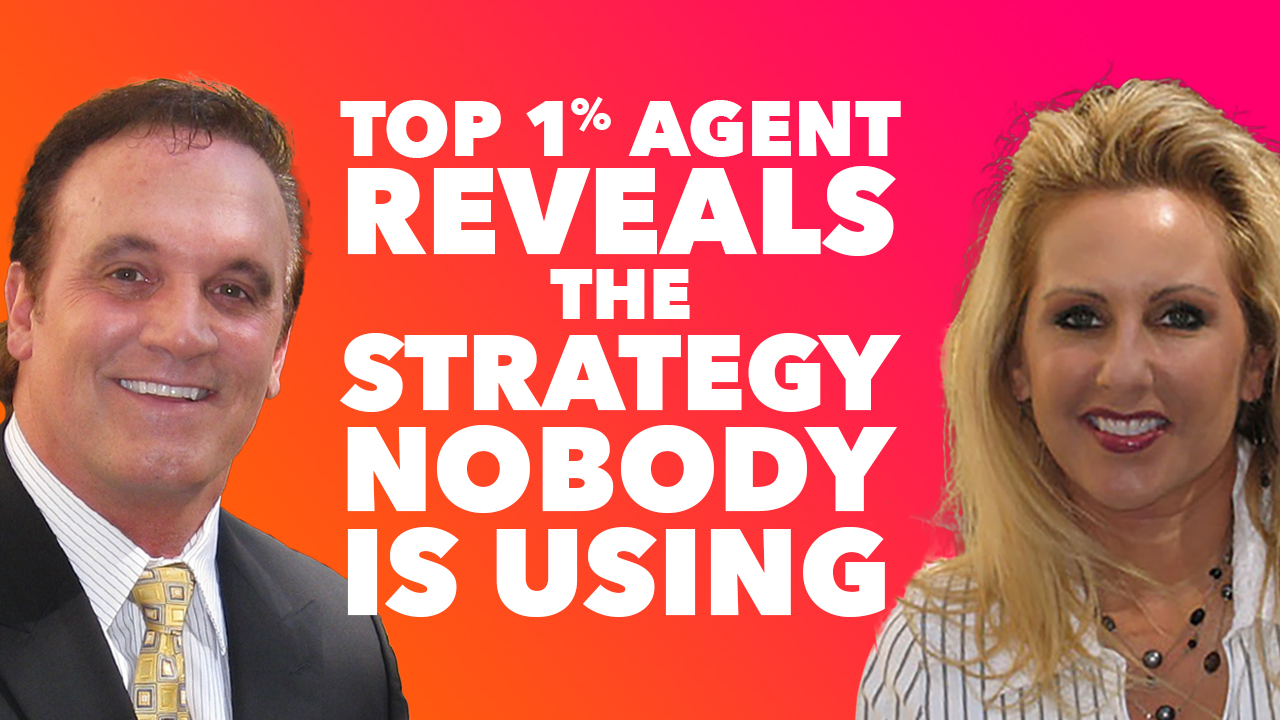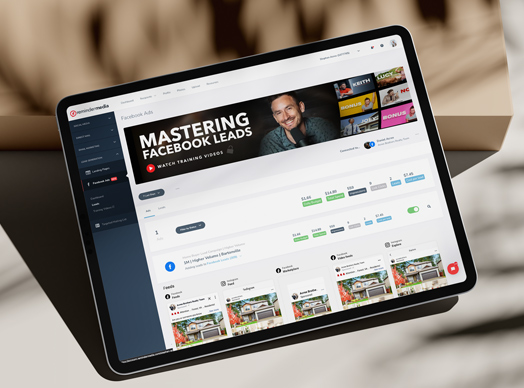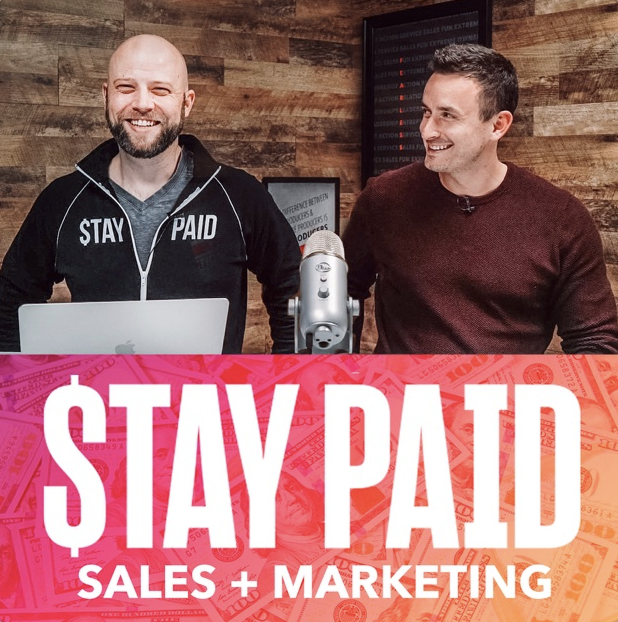Ep 110: Jay Coulter – Grow a Massive Network with the Pinger System
Jay Coulter is the founder of Resilient Wealth,a firm that provides outsourced financial planning, investment research, and business coaching to independent advisory firms. He’s also the host of The Resilient Advisor podcast and author of the books, The Resilient Advisorand The Resilient Advisory Business.
Today on Stay Paid, Jay discusses strategies advisors can use to make stronger connections and keep their businesses afloat during the toughest times.
Key Points
- You need to sort your clients into categories based on how often they need to be contacted.
- People will come to know, like, and trust you through digital, tactile, and personal touches.
- When it comes to working with a niche, independent advisors have a strategic advantage.
Q: Introduce yourself to our audience.
I’ve been in financial services for about 25 years. Most of my time has been in asset management. For the past five years, I’ve been coaching advisors on building a resilient business.
Financial advisors struggle in ways that other occupations do not. My book, The Resilient Advisor, outlines 36 different things you can do to mitigate stress and improve your financial development. These are all ideas from psychology, emotional intelligence, and physiological science.
Then, I put those topics into my book, and I named my podcast after that book.
Q: How would you summarize the concept of emotional intelligence?
I did a deep dive on this topic for my book. I found it was an area that would traditionally be called “fluffy.” I couldn’t see how I could use this topic to benefit myself until I became overwhelmed by stress.
Gary Vaynerchuk and Darren Hardy talk about the rollercoaster you go on. You need to have emotional intelligence to survive it.
There’s a book called Emotional Intelligence 2.0 that contains a survey that will tell you how you can grow in terms of emotional intelligence, and I give that survey to the advisors I work with.
Q: How should someone go about building their professional network, and what does it mean to be a thought leader?
Whatever the problem is, it can be solved with three things:
- Focus
- Systems
- Relationships
Many of my clients who are seasoned professionals are just beginning to build their social networks.
I have 200,000 followers on social media. I can’t stand social media, but advisors are on Instagram and Twitter, so I have to be there. If you’re selling real estate, you have to be on Facebook.
Three things matter, and that’s a digital touch, a tactile touch, and a personal touch. I help advisors incorporate all three into their networking.
Q: How do you choose which channels to be on?And how can someone grow their following as much as you have?
All of my clients know there’s a whole bunch of work that goes in before they get to where they need to be. When advisors reach out to me, they either want to grow their business and are unsure of how to use social media, or their whole system is a mess.
For the former group, it starts with connecting with the people in their network. That starts out with either a CRM or an Excel workbook. We call our system “the Pinger System.” The core book I took this from was Keith Ferrazzi’s Never Eat Alone. He posited that you could stay in touch with more people by creating a system of reminders.
Whether you’re an agent or financial advisor, you start with your existing network. You figure out who you have to stay top of mind with and make sure you’re pinging them on a regular basis.
You take your connections and put them into one of three buckets, based on how often you need to contact them:
- Once a month
- Once a quarter
- Twice a year
What I have found is that advisors can easily go through their networks and set this system up, and they’ll start getting results.
A ping is a quick, casual greeting that can be done in multiple ways. It used to be that you would cold call someone or write them a note. Then email came out. Social media took this even further, where you could stay top of mind with more people in even less time.
Q: How do you figure out which bucket people should be in?
There’s an art to it. This is not a sales funnel—these are people you already have a relationship with.
I call it the KLT Principle. People know, like, and trust you. This process enables you to do that.
There are three different modes to doing this effectively.
- Digital Touch– like or comment (you must do this yourself)
- Tactile Touch– send something in the mail (such as American Lifestyle magazine)
- Personal Touch– actually speak to people on the phone or in person
Q: What does the future look like for advisors?
Most of the advisors I talk to are worried about what’s going to happen in the future. Research tells us there are a few factors that are going to shape the next ten years, and they will ultimately benefit advisors.
One is the age of advisors. 43 percent of advisors are over 55 years old, and 40 percent of advisors intend to retire soon. Just 5 percent of advisors are under 30.
You already have a seat at the table. You just need the focus, systems, and demographics to take advantage.
The next thing is consumer demographics. 58 trillion dollars will change hands over the next 40 years. Of that money, 46 trillion dollars will be in the hands of Gen X and Gen Y (millennials) within the next 10 years.
The final thing is the imminent bear market. The advisors who are preparing their clients for this change are going to be in a position to come out of this leaps and bounds ahead of their competition.
Q: From a tactical standpoint, how can advisors become thought leaders?
There’s a lot of talk in the FA space about niching down. Advisors do get results by working in different niches. What I have found is that independent advisors who have flexibility in their marketing really have a competitive edge. They can focus their social media marketing on niches, and they can also connect more effectively at conferences.
Advisors working in niches can also better serve their clients. Because of the commonality of language and problems experienced by clients, they can offer better solutions.
Q: How could someone implement the Pinger System?
It’s an Excel Workbook that tells you who you need to ping and in what month. There’s also an e-book that tells you how all this works. It’s just a matter of figuring out who you need to ping—along with when, where, why, and how.
Financial advisors my age and older tend to be cynical and not really open to change. When I rolled out this system, one advisor who used it said to me, “This isn’t going to work. But I’m paying you, so I’ll try it.”
This advisor called someone he hadn’t spoken to in years. It turned out that client was about to retire and didn’t know what to do with his stock options. This was a 15-million-dollar account.
The Pinger System isn’t magic. It’s just a matter of getting you to go back and touch the people you should’ve been touching all along. The gold is already there in your database.
Q: Which routines have driven success for you?
If I don’t exercise, eat healthy, and read for an hour every day, I don’t feel right. If you start your day with exercise, it has a dramatic effect on your productivity.
Q: What advice would you give to your younger self?
There’s a reason why all of my brands have “resilient” in the name. I experienced a lot of success early in my career. I worked with Lehman Brothers. When they went out of business, it took me a long time to get back up. It’s important to have a system in place for when you get knocked down.
Action Items:
- Go through your CRM and figure out who you need to contact, as well as when, where, and how. Put those people in the right buckets.
Connect with Jay:
Free book: resilientadvisor.com
jaycoulter.com/staypaid

















 Soundcloud
Soundcloud iHeart Radio
iHeart Radio Spotify
Spotify Spotify
Spotify


